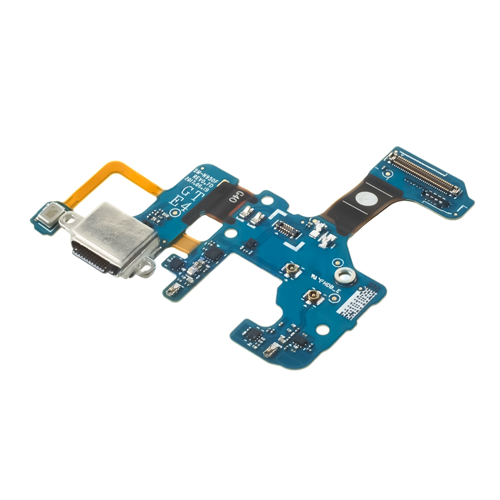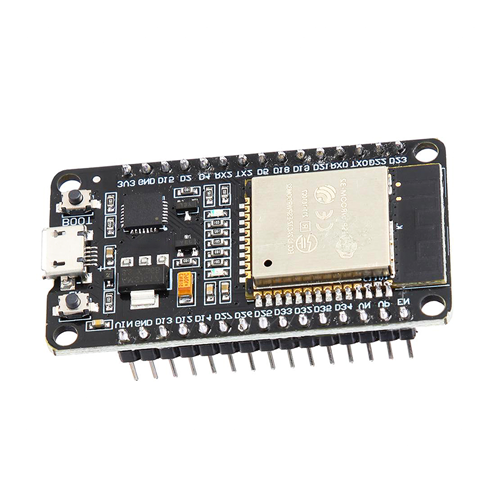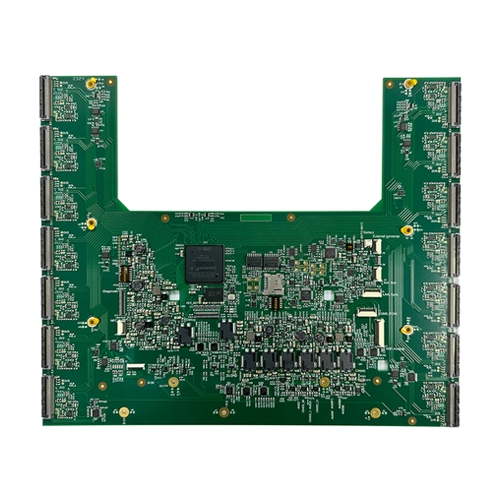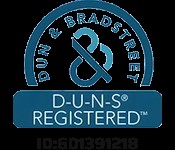Q1: What makes rigid-flex PCBs ideal for medical applications?
A1: Rigid-flex designs combine flexibility with structural support, enabling compact and reliable connections in tight, moving, or body-conforming medical devices.
Q2: How do you prevent the flexible board from expanding or shrinking during soldering?
A2: Through trial production, we calculate the thermal expansion rate and fine-tune the reflow oven’s temperature profile to maintain dimensional accuracy.
Q3: What are the challenges of mounting 0201 and QFN components?
A3: These packages require extreme precision in solder paste printing, placement, and reflow to avoid defects like tombstoning or voiding. Advanced AOI and X-ray inspection are used to ensure success.
Q4: Can this board be customized for implantable or wearable devices?
A4: Yes. The material stack-up, size, and shape of the board can be fully customized to meet the requirements of wearable or minimally invasive medical products.
Q5: What is the typical production lead time?
A5: Standard production time ranges from 3–5 weeks, depending on design complexity and material availability.







